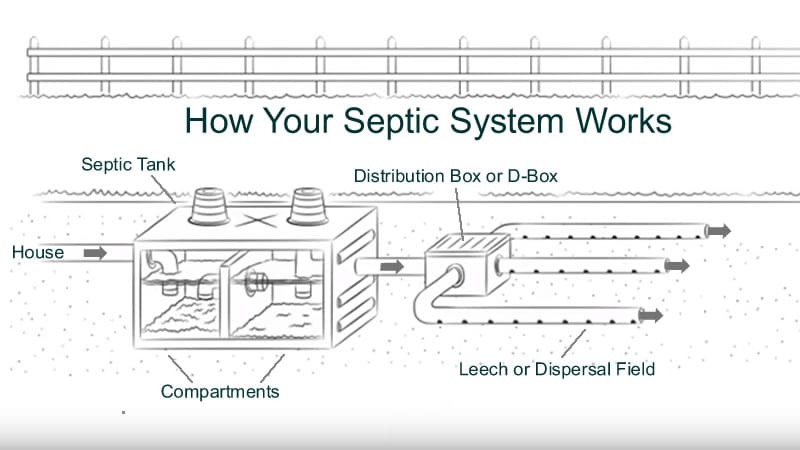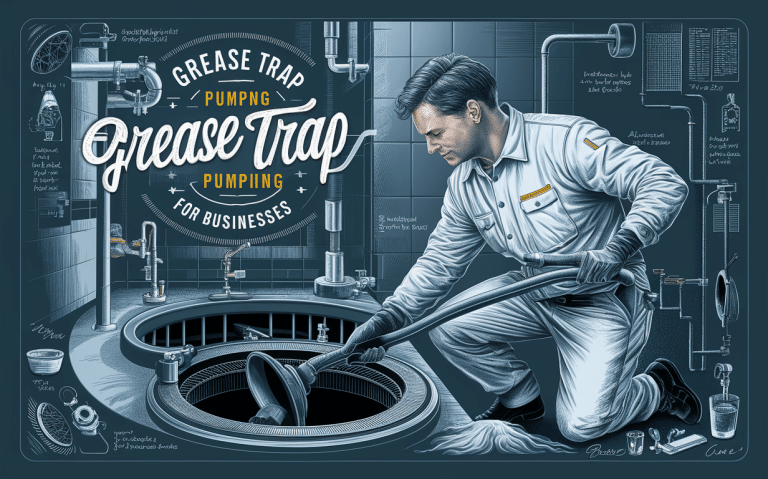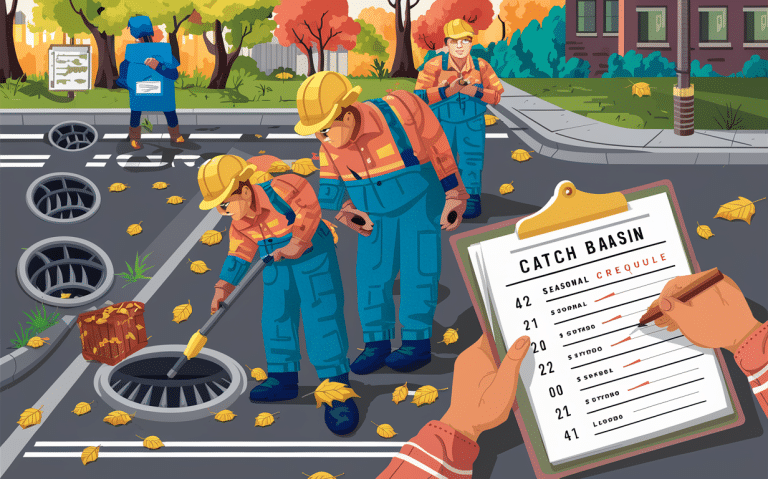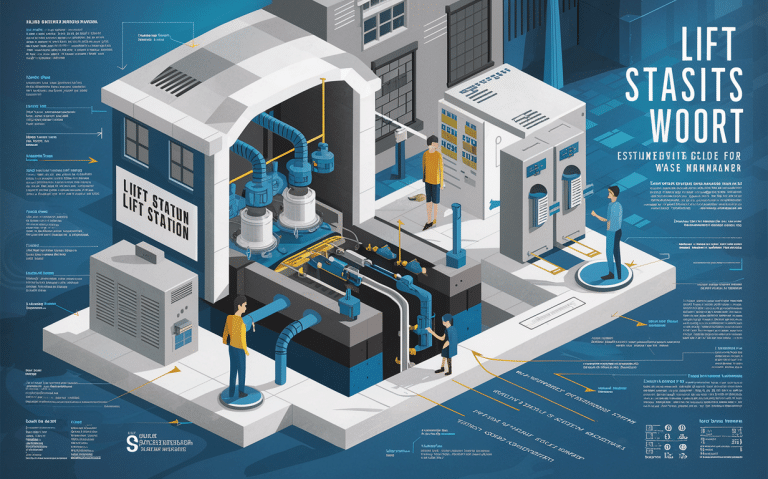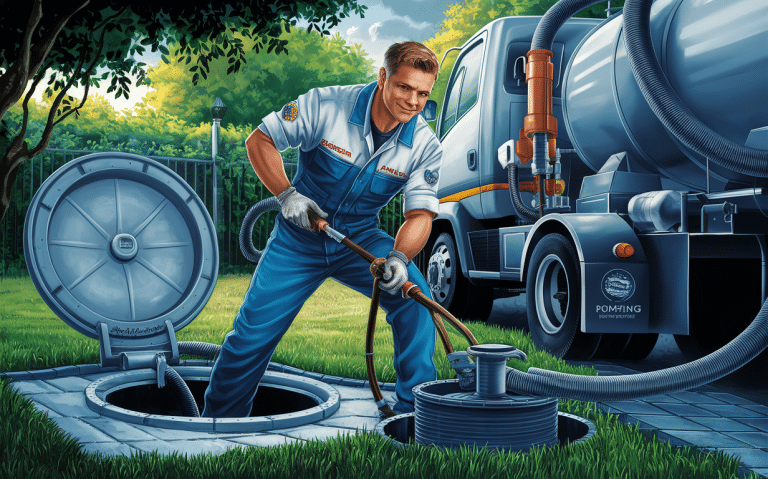How Does Your Septic System Actually Work?
So How Does Your Septic System Actually Clean Your Wastewater?
If you’ve ever wondered how does your septic system actually work and how is it able to clean all of the sewage and wastewater you produce from your home? Get ready, because we’re about to tell you! While being hooked up to a city sewer system is obviously preferred, don’t fear a properly functioning and maintained septic system as they are an excellent means of safely treating domestic wastewater.
Originating in France, septic tanks were invented by John Mouras sometime around 1860. So you could say with over 150 years of use behind them the science behind a septic system is somewhat solid, pardon the pun!
When Mr. Mouras built his first septic system he began with a simple prototype. The tank was formed with concrete and the original piping was made of clay pipe, which is no longer in use today (we use PVC now). The piping would channel the wastewater from Mr. Mouras’ home out to the concrete septic tank, placed in his yard.
When the sewage eventually overflowed from the tank, it would then be released into a cesspool. As the story goes, after nearly ten years, he decided to open the concrete tank to see what was happening inside of the prototype. To his surprise, the tank was virtually completely free of solids.
Because of this success, the septic system was introduced into the United States in about 1883 and it’s use widely spread.
How Does Your Septic System Actually Work? Here’s The Deal!
Septic systems still remain the most economical solution for treating large amounts of wastewater in rural locations or wherever city sewer is not being installed due to costs or location.
Although many different types of septic systems are used, they generally operate under the same principles.
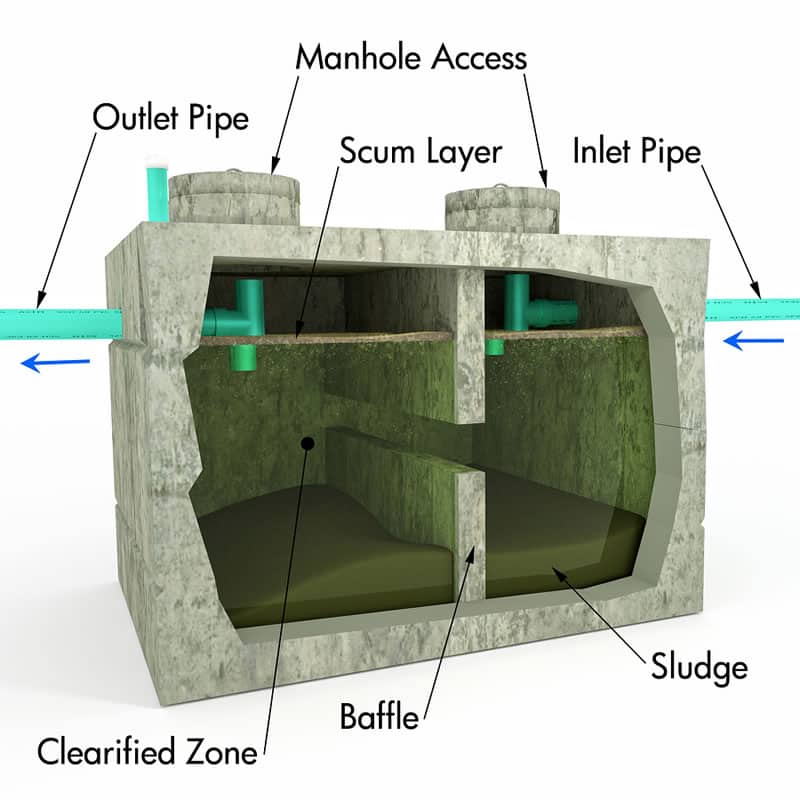
#1. In a typical onsite septic system (Type 1), wastewater from sinks, tubs, showers and toilets flushes out of the house into a septic tank that separates and stores any solid particles that either settle to the bottom or float to the top in the first of two compartments. In the case of a package treatment plant type of system (Types 2 & 3), a tank called a “trash tank” may precede the treatment plant.
Beneficial bacteria help to break down the accumulated solids in these tanks, but eventually the solids will build up to a level that requires the septic tank to be pumped out.
#2. The partially treated wastewater then flows from the tank through an effluent filter and into a distribution box or D-Box. It’s the D-Box’s job to evenly distribute the wastewater discharge into a network of pipes that lie buried in drain rock in trenches in the dispersal system or your “septic field” or “leach field”.
Small holes in the pipes called perforations allow the wastewater to seep into the drain rock and then into the soil where it is broken down by bacteria.

#3. Natural filtration and further bacterial action in the soil remove any remaining particles in the wastewater. When your wastewater finally reaches the water table, the wastewater has been treated and cleansed and poses no harm to the environment.
When septic systems work properly, they are efficient and inexpensive to maintain; if they fail, they can cause unpleasant odors, water pollution, major repair or replacement costs and potential health hazards.
Why Is It Necessary To Pump Out Your Septic Tank?
While the bacteria inside your tank and septic field work hard to break down the solids, sometimes they can be overwhelmed. A properly sized septic tank is only large enough to store 2-3 years of sludge build up (tank solids) depending on the size of your household and frequency of use. When the solids in the septic tank build up, the breakdown process becomes much less effective and more solids will be escaping from the septic tank compartments and into the soil absorption area, leech field or dispersal field. This leads to major problems.
If too much sludge accumulates in your dispersal field it can lead to system failure and you’ll likely have wastewater coming to the surface around the dispersal field, causing potential health hazards or worse case, causing the sewage from the tank to back up into your home.
Your septic tank should be pumped at least once every 2-3 years to help protect your property and delicate eco-systems and watersheds from contaminated water and sewage.
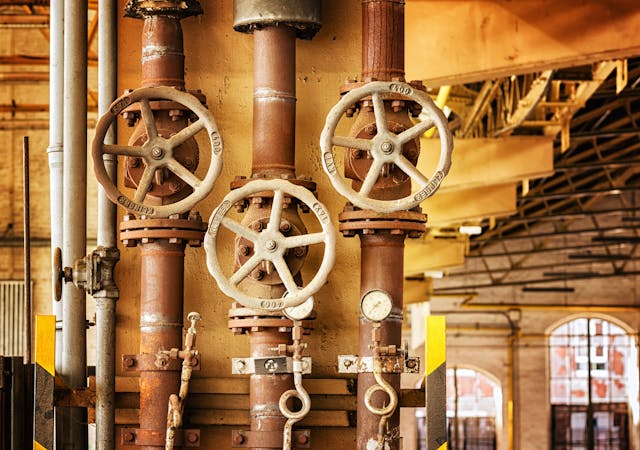
United Sewer & Drain Services Pumps Out Septic Tanks In Orange County NY
United Sewer & Septic is a septic and sewer services company based out of Middletown, NY and serving Orange County including Port Jervis, Warwick, Goshen, Monroe, Greenwood Lake, Chester, Florida, and Washingtonville, New York.
We specialize in pumping out residential septic, commercial septic, lift stations, and holding tanks of all sizes We offer prompt and efficient service that is competitively priced.
If you’d like to receive a quote to pump out your septic tank or holding tank please give us a call (888) 845-2564 or fill out our contact form and we’ll get right back to you.

